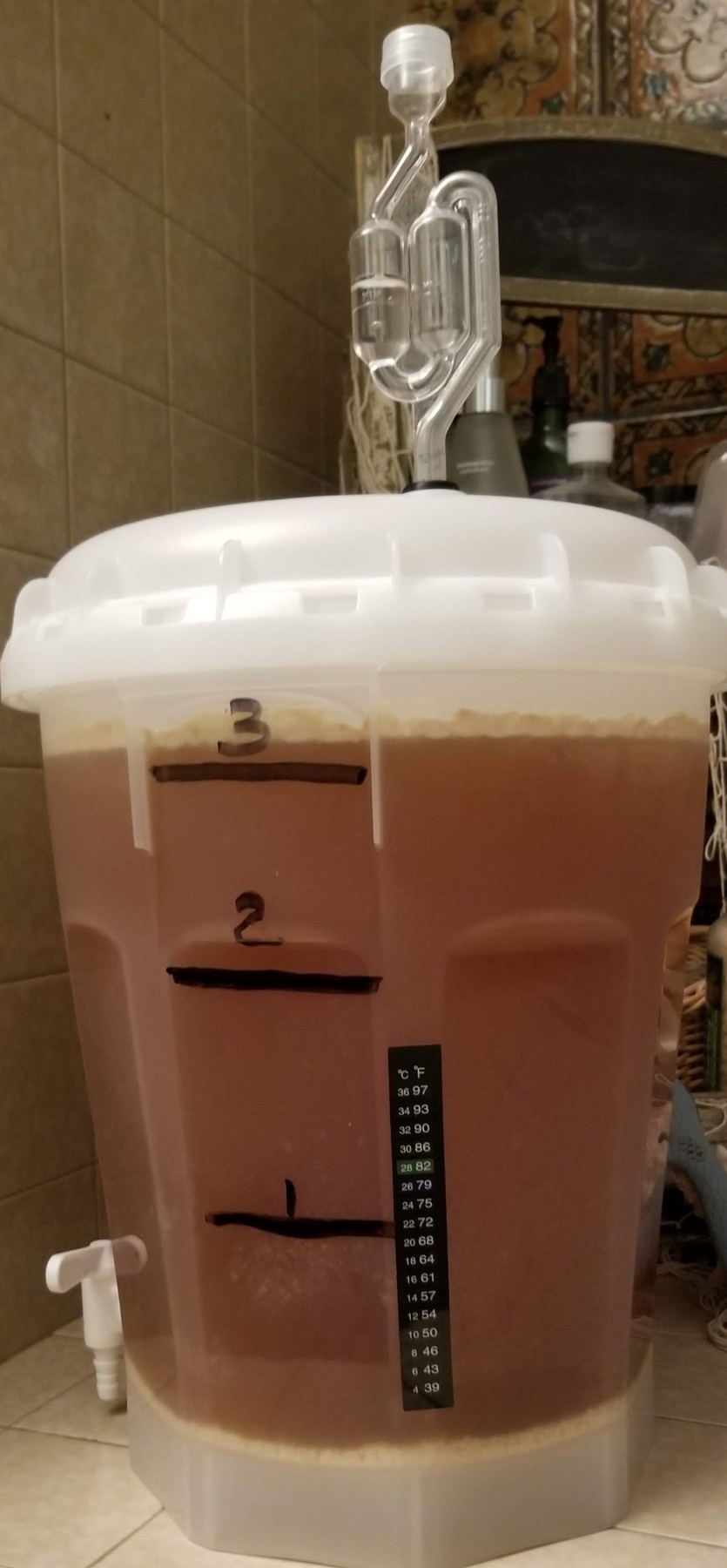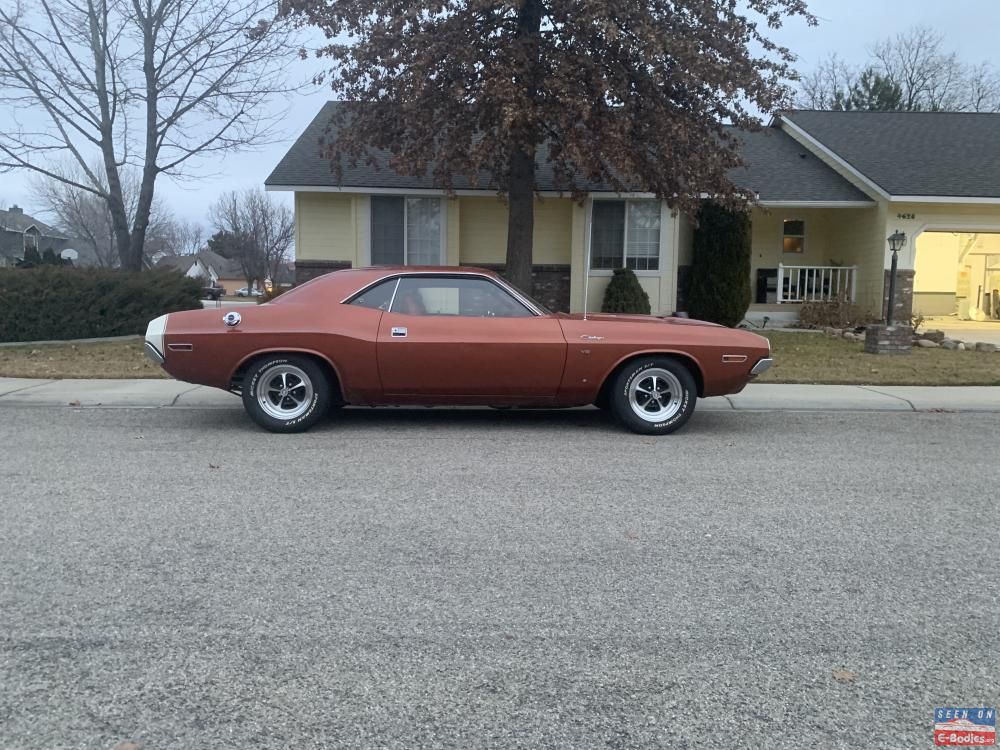Yes, it looks very good!
From: https://www.morebeer.com/products/4-gallon-fermenter-lid-spigot.html
I guess you do partial boils, chill, then top up with cold water in fermenter?
From: https://www.morebeer.com/products/4-gallon-fermenter-lid-spigot.html
Read up on spigots on fermenters, how to use them, how to keep clean and sanitary, during and after fermentation, and how to keep the trub away from it, so you can get clear beer out of it when bottling.Just got this fermenter today, noticed there is no sealing o-ring on the lid even though there is a groove cut in the lid for one, should one be in the lid?
No o-ring needed. It is a little awkward at first but when you get the lid and bucket aligned and then tighten it, it seals air tight just through the snug fit of the plastic. It IS a little difficult at first but by gracing your hands on the upper and lower protrusions along the lid and bucket to brace yourself you can generate enough torque to close it snugly and reopen it. Hard to describe in words but basically fiddle with closing and opening it without using the dimples on the top and you'll eventually figure it out. I have 2 of these and have had no problems getting a seal after approximately 10 brews each.
The dimples at the top are a red-herring and don't work well for opening and closing.
I guess you do partial boils, chill, then top up with cold water in fermenter?
































![Craft A Brew - Safale BE-256 Yeast - Fermentis - Belgian Ale Dry Yeast - For Belgian & Strong Ales - Ingredients for Home Brewing - Beer Making Supplies - [3 Pack]](https://m.media-amazon.com/images/I/51bcKEwQmWL._SL500_.jpg)






























